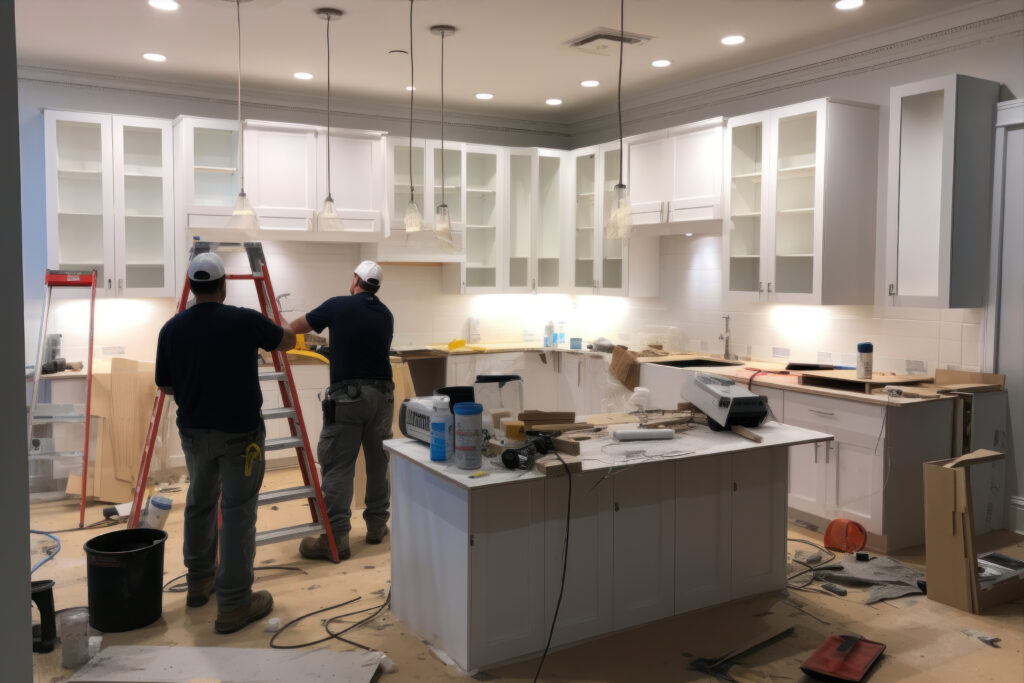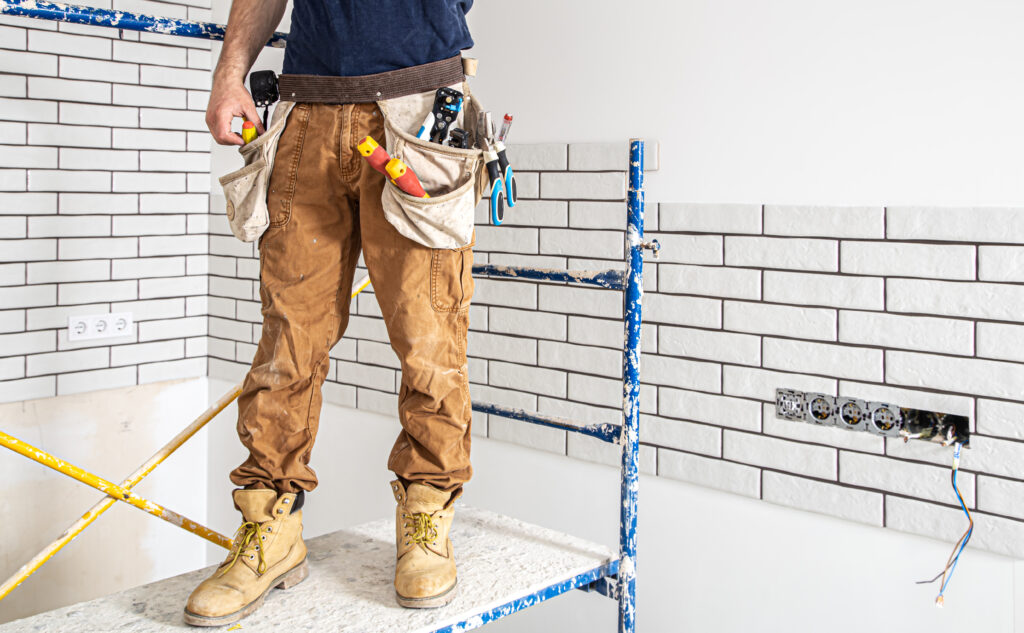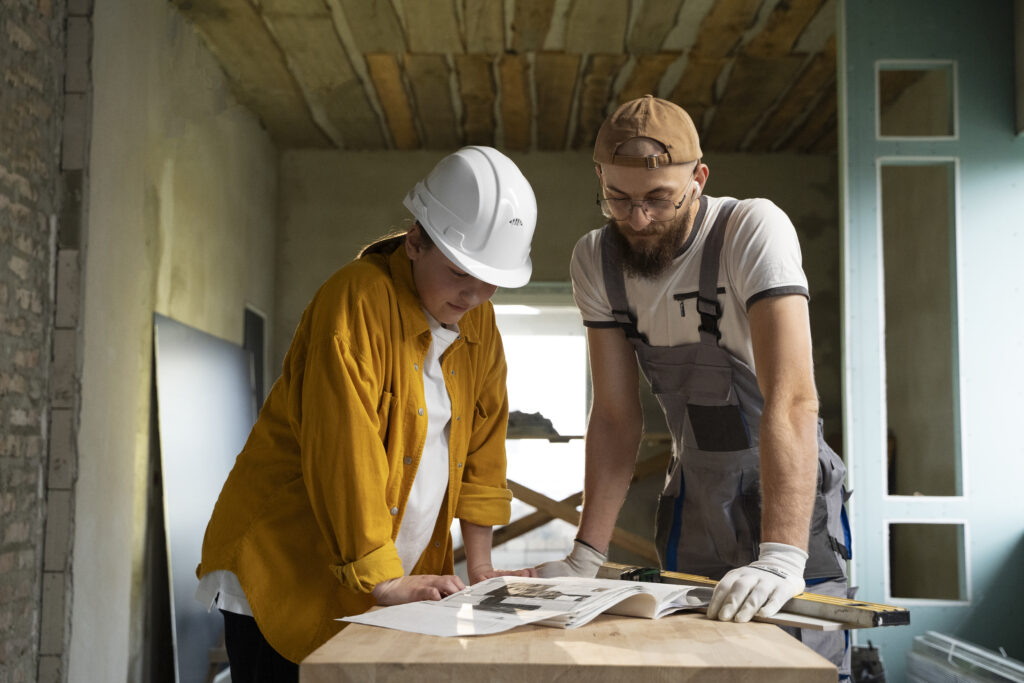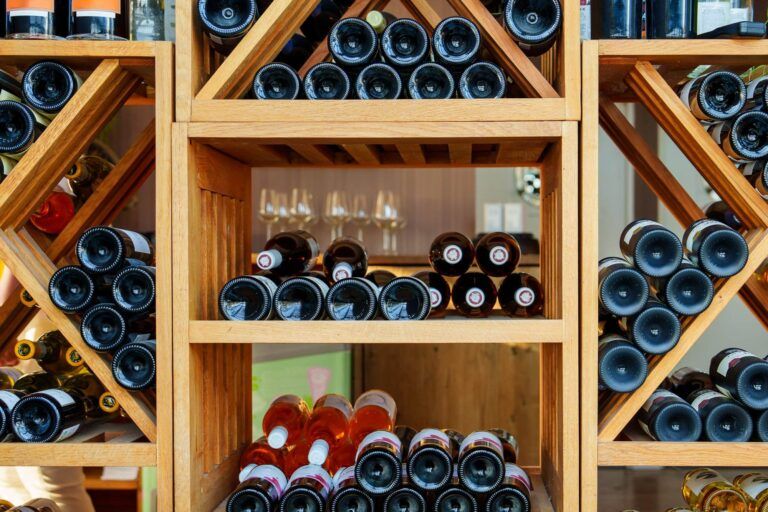Building a wine cellar during home remodels to save costs
Building a wine cellar during a home remodel offers numerous advantages that extend beyond mere aesthetics. First and foremost, a dedicated wine cellar provides an optimal environment for wine storage, ensuring that bottles are kept at the ideal temperature and humidity levels. This controlled environment not only preserves the quality of the wine but also enhances its aging potential.
For wine enthusiasts, having a personal cellar means easy access to their collection, allowing them to enjoy their favorite vintages at any time without the hassle of searching through a crowded pantry or refrigerator. Moreover, incorporating a wine cellar into a home remodel can significantly elevate the overall value of the property. Wine cellars are often seen as luxury features that appeal to potential buyers, particularly those who appreciate fine wines.
By investing in a well-designed wine cellar, homeowners can create a unique selling point that distinguishes their property in a competitive real estate market. This enhancement not only enriches the living experience but also serves as a strategic financial decision for the future.
Key Takeaways
- Building a wine cellar during a home remodel adds value and luxury to the home, providing a dedicated space for wine storage and entertaining.
- Careful planning and design are essential to ensure the wine cellar fits seamlessly within the overall scope of the home remodel, considering factors such as space, layout, and aesthetic.
- Utilizing existing space, such as a closet or underutilized area, can significantly reduce construction costs for the wine cellar during a home remodel.
- Choosing cost-effective materials and finishes, such as engineered wood and faux stone, can create a beautiful wine cellar without breaking the budget during a home remodel.
- Incorporating climate control and insulation in the wine cellar design is crucial for long-term cost savings and ensuring the proper storage conditions for wine bottles during a home remodel.
Planning and designing a wine cellar to fit within the scope of a home remodel
When planning and designing a wine cellar, it is essential to consider how it will integrate with the overall home remodel. The first step is to assess the available space and determine the best location for the cellar. Ideally, it should be situated in a cool, dark area of the home, away from direct sunlight and heat sources.
This could be in a basement, under stairs, or even in a dedicated room that can be transformed into a wine haven. The design should reflect both functionality and aesthetics, ensuring that it complements the existing style of the home while providing an inviting atmosphere for wine enthusiasts. In addition to location, careful consideration must be given to the layout and features of the wine cellar.
Homeowners should think about how many bottles they wish to store and what types of storage solutions will best suit their collection. Racking systems, display shelves, and even tasting areas can be incorporated into the design. Furthermore, it’s important to plan for accessibility; ensuring that bottles are easy to reach and that there is enough space for movement within the cellar will enhance the overall experience.
Collaborating with design professionals can help streamline this process and ensure that all elements work harmoniously together.



Utilizing existing space for a wine cellar to save on construction costs

One effective way to minimize construction costs when building a wine cellar is to utilize existing space within the home. Many homeowners overlook areas that can be repurposed for wine storage, such as closets, alcoves, or underutilized rooms. By transforming these spaces into a wine cellar, homeowners can avoid extensive renovations while still achieving their desired outcome.
This approach not only saves money but also reduces the time required for construction, allowing homeowners to enjoy their new wine cellar sooner. Repurposing existing spaces also allows for creative design solutions that can enhance the character of the home. For instance, converting an old pantry into a wine cellar can add charm and functionality without requiring significant structural changes.
Homeowners can incorporate custom shelving or vintage racks that reflect their personal style while maximizing storage capacity. By thinking outside the box and leveraging what is already available, homeowners can create a beautiful and functional wine cellar without breaking the bank.
Choosing cost-effective materials and finishes for a wine cellar during a home remodel
Selecting cost-effective materials and finishes is crucial when building a wine cellar as part of a home remodel. Homeowners should prioritize materials that not only fit within their budget but also provide durability and functionality. For example, opting for engineered wood or composite materials for shelving can be more affordable than solid hardwood while still offering an attractive appearance.
Additionally, using materials that are resistant to moisture and temperature fluctuations will ensure the longevity of the wine cellar. Finishes also play an important role in creating an inviting atmosphere within the wine cellar. Homeowners can achieve a high-end look by choosing budget-friendly alternatives such as faux stone or laminate finishes that mimic more expensive materials.
Paint colors should be chosen carefully to create a warm and welcoming environment; darker hues can enhance the ambiance while also helping to maintain cooler temperatures inside the cellar. By being strategic about material choices, homeowners can create an elegant wine cellar without overspending.
Incorporating climate control and insulation for a wine cellar to save on long-term costs
Climate control is one of the most critical aspects of building a successful wine cellar. Proper insulation and temperature regulation are essential for preserving the quality of stored wines over time. Homeowners should invest in high-quality insulation materials to ensure that temperature fluctuations are minimized, which will ultimately save on energy costs in the long run.
Insulating walls, ceilings, and even floors will help maintain a consistent environment within the cellar, protecting valuable collections from spoilage. In addition to insulation, incorporating an efficient climate control system is vital for maintaining optimal conditions. Wine cellars typically require temperatures between 50°F and 58°F with humidity levels around 60% to 70%.
Homeowners can choose from various cooling systems designed specifically for wine storage, which can be more energy-efficient than standard air conditioning units. By prioritizing climate control during the remodeling process, homeowners can ensure their investment in wine storage pays off by preserving their collection for years to come.
Implementing lighting and storage solutions for a wine cellar within a home remodel

Lighting plays an essential role in enhancing both the functionality and aesthetics of a wine cellar. Proper lighting not only helps showcase the collection but also creates an inviting atmosphere for entertaining guests or enjoying tastings. Homeowners should consider using LED lighting options, which are energy-efficient and produce minimal heat—important factors in maintaining stable temperatures within the cellar.
Dimmable lights can also be incorporated to allow for adjustable brightness levels depending on the occasion. Storage solutions are equally important when designing a wine cellar. Homeowners should evaluate their collection size and choose racking systems that maximize space while providing easy access to bottles.
Modular racking systems offer flexibility and can be customized to fit various bottle sizes and shapes. Additionally, incorporating features such as display racks or tasting tables can enhance the overall experience within the cellar. Thoughtful lighting combined with practical storage solutions will create an enjoyable environment for any wine enthusiast.
Considering the potential resale value and return on investment of a wine cellar in a home remodel
When planning a home remodel that includes building a wine cellar, it is essential to consider its potential impact on resale value and return on investment (ROI). A well-designed wine cellar can significantly enhance the appeal of a property, particularly among buyers who appreciate fine wines or entertaining guests. As such, investing in this feature can yield substantial returns when it comes time to sell the home.
Real estate trends indicate that unique features like wine cellars are increasingly sought after by buyers looking for luxury amenities. A thoughtfully designed wine cellar not only adds character but also serves as a conversation starter during showings. Homeowners should keep this in mind when planning their remodel; ensuring that the design is both functional and visually appealing will maximize its impact on potential buyers.
Ultimately, investing in a wine cellar can be seen as both an enhancement to personal enjoyment and a strategic financial decision.
Hiring a professional contractor to efficiently build a wine cellar during a home remodel
While some homeowners may consider taking on the project themselves, hiring a professional contractor is often the best approach for building a wine cellar during a home remodel. Experienced contractors bring valuable expertise in design, construction techniques, and local building codes that can streamline the process and ensure high-quality results. They can help navigate challenges such as climate control installation or custom racking systems that may require specialized knowledge.
Additionally, working with professionals allows homeowners to focus on other aspects of their remodel while ensuring that their vision for the wine cellar is realized efficiently. A contractor can provide insights into cost-effective materials and finishes while also managing timelines and budgets effectively. By entrusting this project to experts, homeowners can enjoy peace of mind knowing that their investment will be executed with precision and care, resulting in a stunning addition to their home that they will cherish for years to come.
FAQs
What are the benefits of building a wine cellar during home remodels?
Building a wine cellar during home remodels can save costs by utilizing existing construction and materials, and it can also add value to the home.
How can building a wine cellar during home remodels save costs?
During a home remodel, the construction crew is already on-site, which can reduce labor costs for building a wine cellar. Additionally, existing space and materials can be repurposed for the wine cellar, saving on materials costs.
What are some considerations for building a wine cellar during home remodels?
Considerations for building a wine cellar during home remodels include proper insulation, climate control, and storage capacity. It’s important to work with a professional to ensure the wine cellar meets all necessary requirements.
Can building a wine cellar during home remodels add value to the home?
Yes, a well-designed and functional wine cellar can add value to a home, especially for wine enthusiasts or potential buyers who appreciate the added luxury and convenience.








